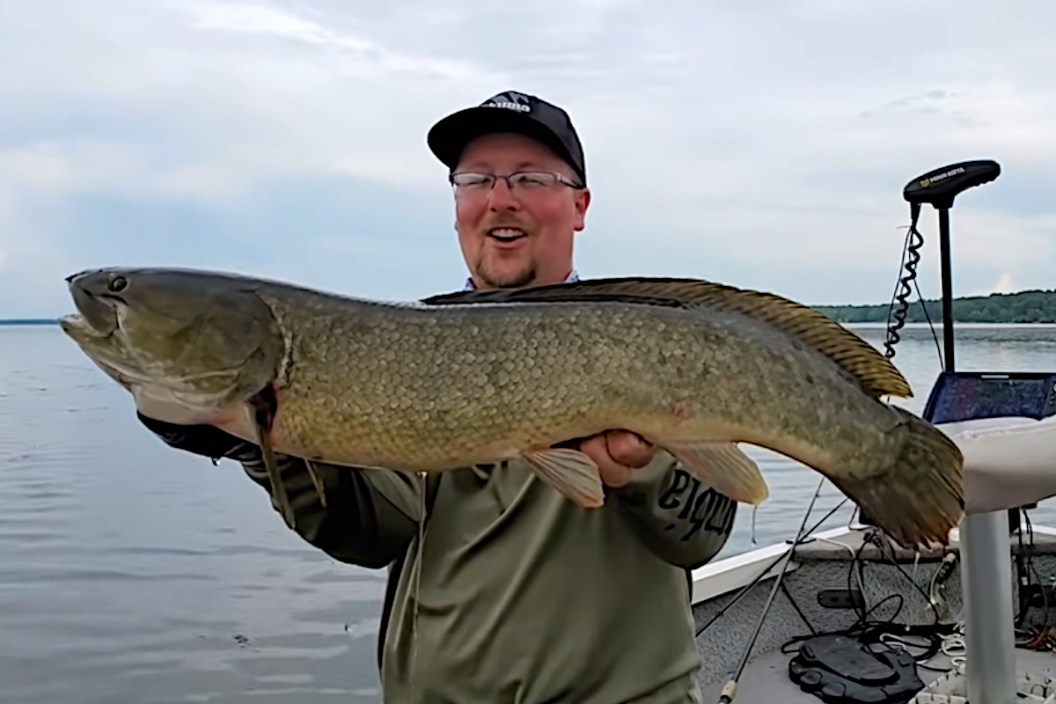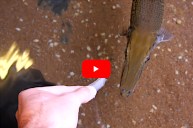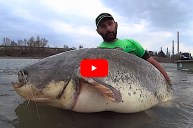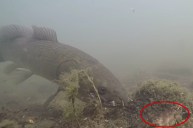Not many people take advantage of the fun offered by the bowfin.
As we get into the dog days of summer, many anglers start to complain that their favorite species simply are not biting. It is true, once the temperatures go up, many native fish species develop a bad case of lockjaw, especially on hot summer days. However, there is at least one species that will hit on those days.
We are talking about the bowfin or "amia calva" as it is known in scientific circles. It is so named for the long dorsal fin that takes up roughly half of its back. This primitive fish has a glut of common names including "dogfish," mudfish," "grindle," "cypress trout," or "grinnel."
Whatever you call it, this is a species that can bite when popular game fish species are not. And this unique fish species is naturally distributed in fisheries across North America. It is not often you get a chance to catch a "living fossil." They do provide great action and a great fight though, as this video demonstrates.
This freshwater fish may be a native species, but it has developed an undeserved bad reputation with anglers. Part of that is probably because some anglers confuse it with an invasive species, the northern snakehead. Many bowfin are unfairly killed because of mistaken identity. Which is a shame because this species was around as far back as the Jurassic period. Yes, they were swimming around when dinosaurs still walked the Earth.
Their primitive nature shows in their appearance too with those barbels, bony plates and sharp teeth in that large mouth. This species can also breathe air thanks to a swim bladder. As a result, they can survive in brackish shallow waters that would kill most fish populations by coming up to gulp air from the surface.
These fish also just have a cool look to them. Most of the ones shown in this video were brownish in color. However, it is not uncommon to see silver, olive-green, and even bright green specimens. Especially during the spawning seasons. The male bowfin are easily identified thanks to black spot on the tail fin. that Bowfin have a reputation as a trash fish. Probably because the backwater areas they like remind some fishermen and women of gar. However, they are a natural part of many freshwater ecosystems in places like the Great Lakes and Mississippi River. They are found as far north as Canada and as far south as Florida and Louisiana.
So, if you are bored with catching regular sport fish, or if they are simply not biting due to high temperatures, try targeting some bowfin for a fun change of pace. You never know, you may find a new favorite species to target.
Products featured on Wide Open Spaces are independently selected by our editors. However, when you buy something through our links, we may earn a commission.
For more outdoor content from Travis Smola, be sure to follow him on Twitter and check out his Geocaching and Outdoors with Travis YouTube channels.
NEXT: PETA IS NOW GOING AFTER FISHERMEN
WATCH





